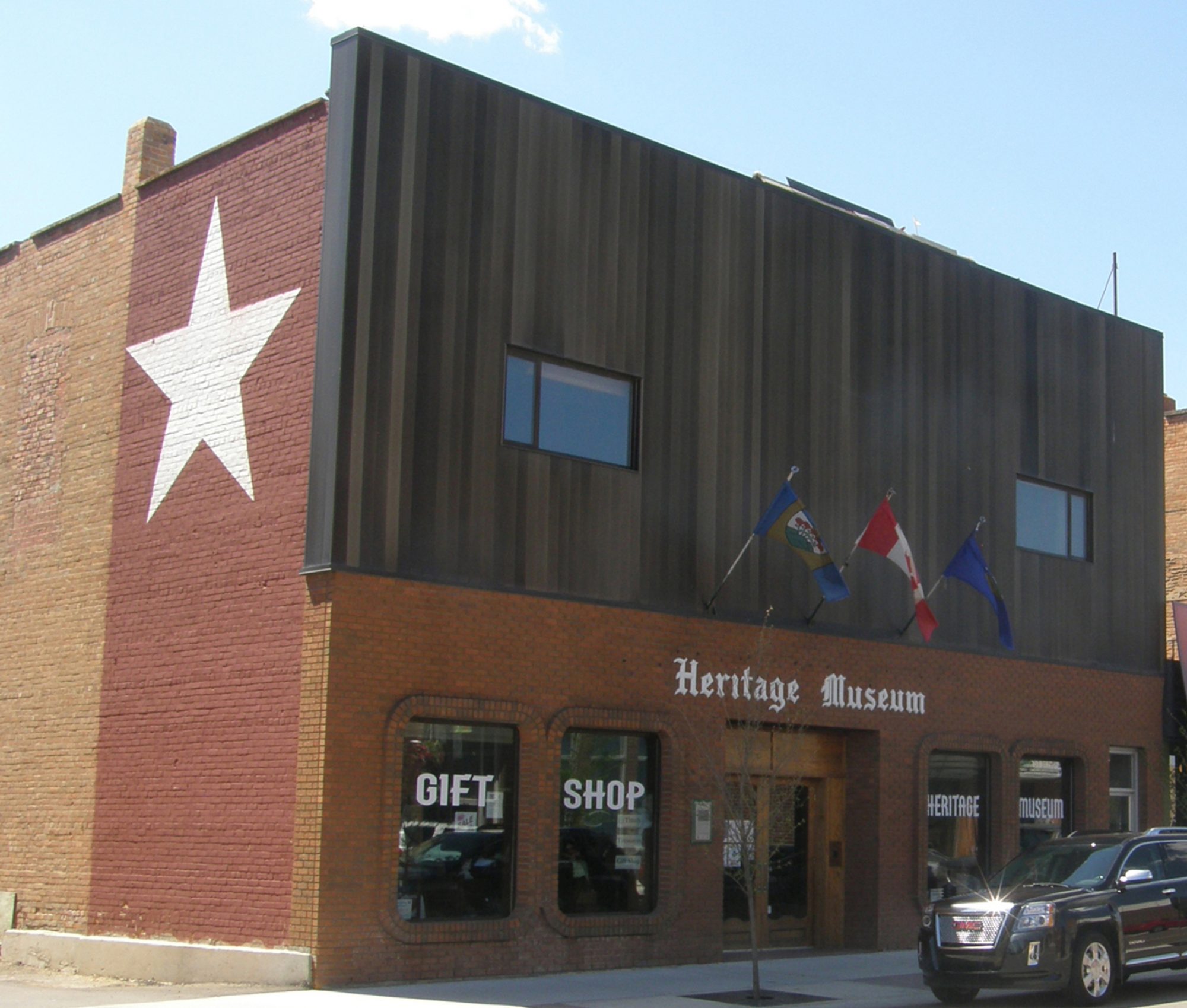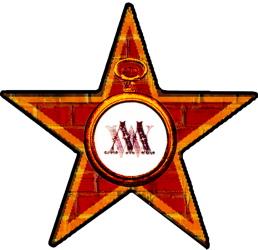History is the study of the past and how it relates to human beings. It is written, remembered, and shared by humans for humans. It is biased, nuanced, and dynamic. Historians, archaeologists, museum curators, political leaders, teachers and everyone else who uses it actively chooses what stories of the past to tell, and how to tell them. If they are good at what they do, they acknowledge that new things are constantly being uncovered, while old ones are being seen in a new light. They will use all of this to further the study of the past and how it relates to human beings today and our potential for the future.
Monuments are statues, buildings and other structures that are purposely built by humans for humans. They are political and symbolic. They are part of our visual culture, meant to recall something, or someone. They are remnants of heritage, the physical artifacts, intangible attributes, and stories of a group or society that are inherited from past generations and passed down to future generations. Often, but not always, they are used to commemorate an aspect of history. Monuments are not, however, history, but history can be studied through monuments.
This brings me to a monument tucked away in Wetaskiwin’s Jubilee Park. I first learned of it when someone suggested it be taken down because of its reference to “pacifying the Indians”. While I hated the image those specific words brought up in my mind, my knee jerk reaction was ‘You can’t destroy it. What good will that do? It’s a primary source from which we can learn’. And so, I set forth to learn more about it.
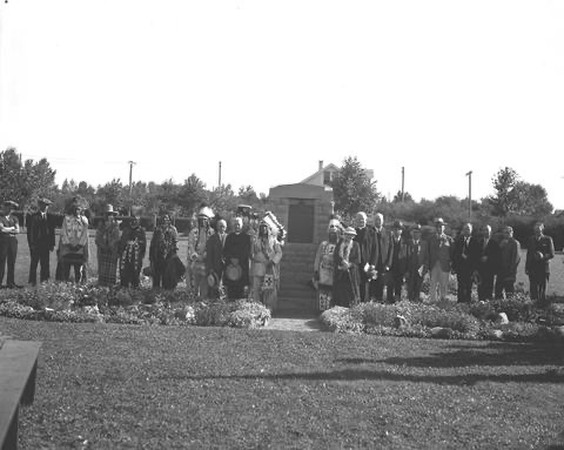
I found the photo above in the City of Wetaskiwin Archives. Referred to as the Peacemakers Monument, it was erected by the Government of Canada in the summer of 1932 with a plaque that reads:
IN GRATEFUL REMEMBRANCE OF THE PUBLIC SERVICES OF THE REVEREND FATHER LACOMBE, O.M.I., AND THE REVEREND JOHN MCDOUGALL. DURING THE TROUBLOUS DAYS OF 1885 THEIR INFLUENCE WITH THE INDIANS WAS A POWERFUL FACTOR IN THE PRESERVATION OF PEACE IN ALBERTA.
The wording is dated and the monument has no interpretation around it. Who were these “Indians” and why is this monument in Wetaskiwin? And so, I started down the rabbit hole.
I knew that Father Lacombe had a specific link to Wetaskiwin. It was he who suggested the settlement that had formed around Siding 16 along the Calgary-Edmonton CPR line be referred to as Wetaskwin after the Cree name for the area.
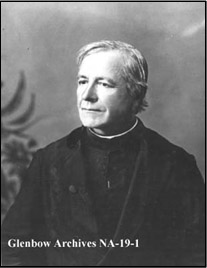
I needed to do more research on the Reverend McDougall, however. It did not take me long to learn that he had reopened a Methodist Missionary at Pigeon Lake in 1866 and that he had been close friends with Maskeptoon, a Great Chief of the Cree People, and ancestor of the Maskwacis Cree.
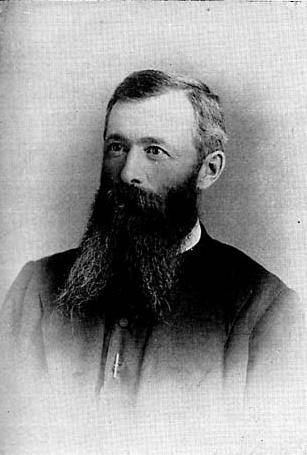
None of this really explained to me why there was a monument to them in Wetaskwin that referred to the 1885 Northwest Resistance. And so, I dug a little deeper. Lacombe and McDougall’s assistance was requested at the onset of the resistance. Lacombe went to visit the Battle River Cree, while McDougall accompanied the commander of the Alberta Field Force. This journey included Forts Normandeu (near Red Deer), Ostel (near Ponoka) and Ethier (near Wetaskiwin). All three of which were built during the resistance but did not see any action.
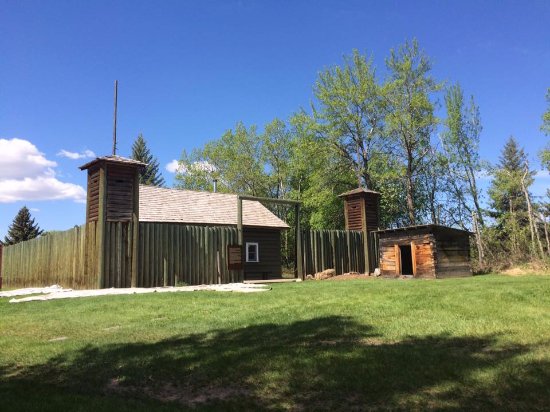
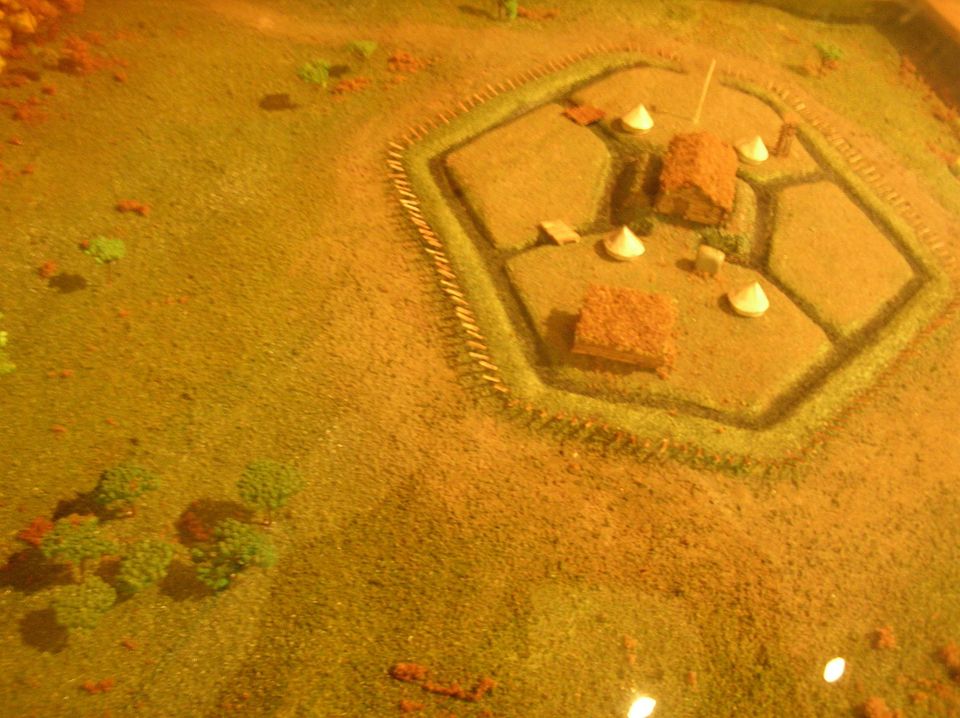
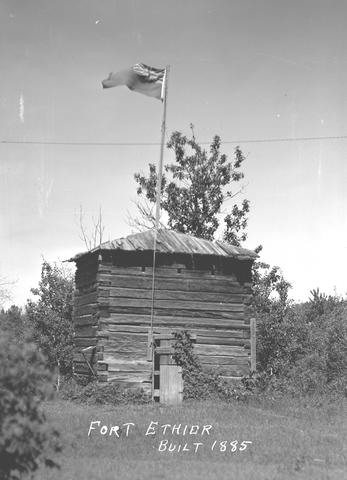
Lacombe and McDougall’s task does not appear to have been too onerous. The Indigenous leaders were committed to upholding Treaties 6 and 7, which they had signed less than a decade before. After the North-West Resistance, Prime Minister MacDonald invited a few of Father Lacombe’s ‘loyal’ Chiefs and their companions to visit Ontario and Quebec.
McDougall and three other Chiefs were part of a separate journey.
McDougall had repeatedly protested the Indian Act and the newly instituted pass system to restrict First Nations travel off the reserve. It seems that to punish him for this, the federal government refused to fund his contingent. McDougall and the Methodist (now United) church raised the money for them to go.
The names of the Plains People who travelled east were: Crowfoot, Three Bulls, Red Crow, One Spot, North Axe, Big Child, Starblanket, O’Soup, and Kahkewistahaw (who all travelled with Lacombe), as well as Chiefs Jonas Goodstoney, Pakan, and Samson (who travelled with McDougall).
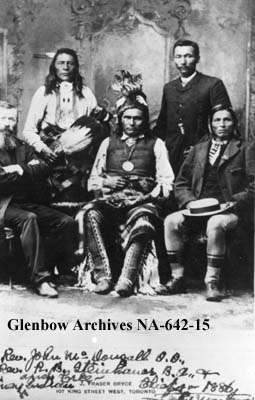
Their selection to travel to Canada, remember this happened 20 years before Alberta and Saskatchewan become provinces, is a pretty good indicator that they are the leaders of the “Indians” referred to in the Peacemaker’s Monument. The photo of the monument dedication forty-seven years later shows that the descendants of Maskeptoon and Chief Samson were present, suggesting their own pride in the active role their ancestors played in the preservation of peace in Alberta.
The Peacemakers monument in Jubilee Park needs some interpretation alongside it. It needs to incorporate a more complete picture of the history it symbolizes. Destroying it is too easy. If we destroy it, however, we are not destroying our history, but we are destroying a symbol of that history and a way to learn about and from it.
If you truly want to preserve history, forget about the statues that are being torn down. Go DO some history and uncover something you did not know. Start some new conversations about old things.
Originally published in the Wetaskiwin Times, September 3, 2020
